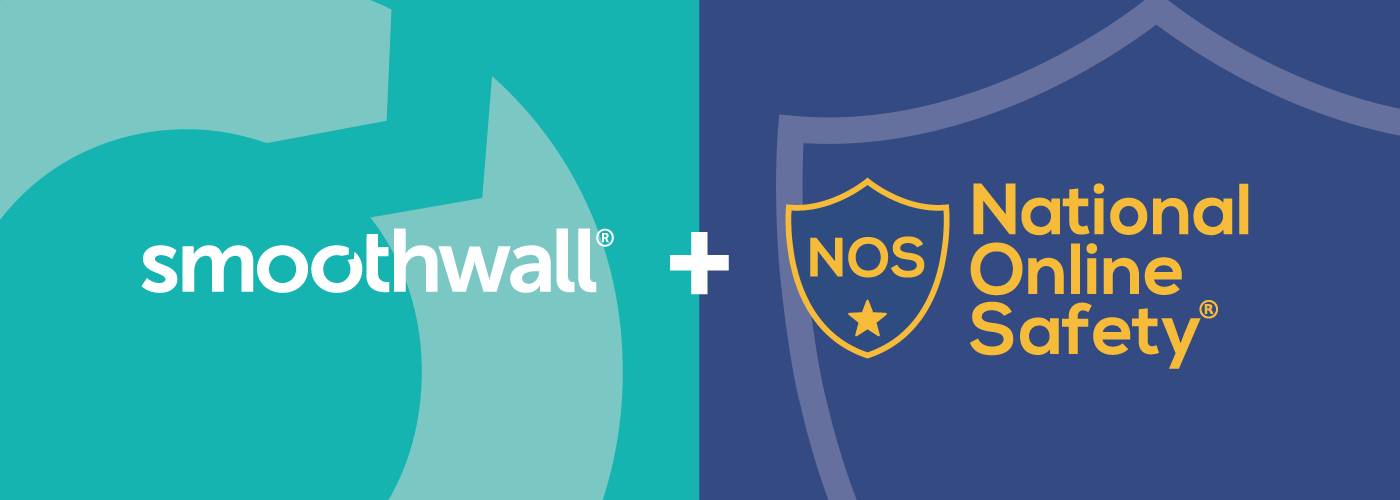Let's connect
Talk to us
Talk to an expert or book a demo. Our Digital Wellbeing experts are waiting to help.
Stay in touch
Sign up for our newsletter to get all the latest product information.

We recently teamed up with our partners, NOS (National Online Safety), to discuss the impact of changes in statutory guidelines as they apply to education and training of online safety.
Smoothwall’s Rob Faulkner and NOS’s Chris Skinner discuss the implications for DSLs and school leaders.
Keeping Children Safe in Education (KCSIE) is a statuary guidance all schools must adhere to. This guidance has recently been updated to accommodate three key new requirements for schools:
Whilst these changes may not be as dramatic as those introduced in 2018, they do place an additional requirement on DSLs to ensure they are capable of accommodating the online safety needs of SEND students, as well as implementing training for all staff across their school.
These changes encourage a whole community approach to online safety – ensuring online safety culture is fully embedded within all areas of a school, including staff, team leaders, governors, parents and even students.
There are key frameworks schools can follow in their mission to equip young people for digital life, and in turn, help ensure effective safeguarding in line with KCSIE. These frameworks focus on teaching online safety as part of an integrated curriculum. The two documents referenced as part of the KCSIE updates are Teaching Online Safety in Schools and Education for a Connected World.
Education for a Connected World identifies eight pillars that create the building blocks of the curriculum. These are:
Based on this inclusion to KCSIE, schools are now expected to integrate these building blocks within their curriculum, from early years through to secondary education.
Online dangers are constantly adapting and changing, meaning it can be difficult for DSLs to keep abreast of the key trends that could be impacting young people in their care. Be it a new platform from which children can be made vulnerable to online bullying, or a site that exposes students to radical content – as part of KCSIE, it is the DSL’s responsibility to protect students from such risks.
Of course, this is no easy task, which is why external resources such as quality filtering, digital monitoring and partnership with companies such as NOS and Smoothwall become so valuable to DSLs. It is key that the whole school community educates itself on the risks presented by the online world.
By adopting a community culture for online safety, schools can help to protect young people more effectively from digital dangers. The focus KCSIE places on online safety highlights the level of work still required by schools across the UK to become better equipped to protecting vulnerable people online.
To meet these requirements, DSL resource has to be a major consideration for schools. That’s why a culture of online safety is key – to ensure that DSLs can be supported in keeping children safe. From ensuring all members of staff are up to speed on digital safety, to upskilling young people and their parents on how to stay safe online, a more holistic community safeguarding structure, inclusive of online safety technology and digital safety resources, are key to keeping children safe online.
For more information get in touch with us at enquiries@smoothwall.com, or to watch our discussion with NOS, visit the Smoothwall YouTube Channel.
Talk to an expert or book a demo. Our Digital Wellbeing experts are waiting to help.
Sign up for our newsletter to get all the latest product information.